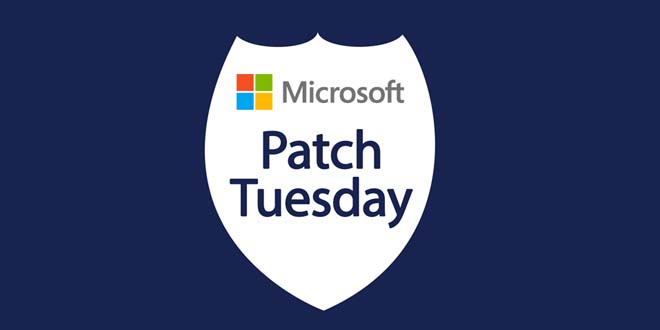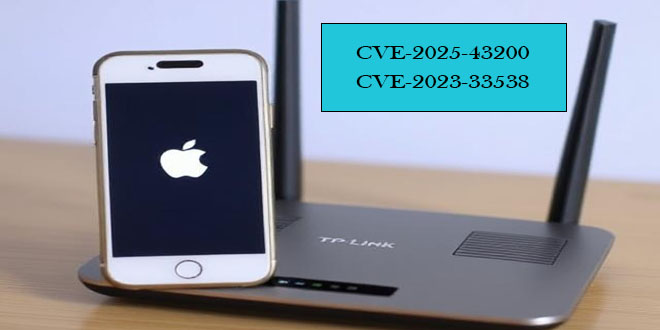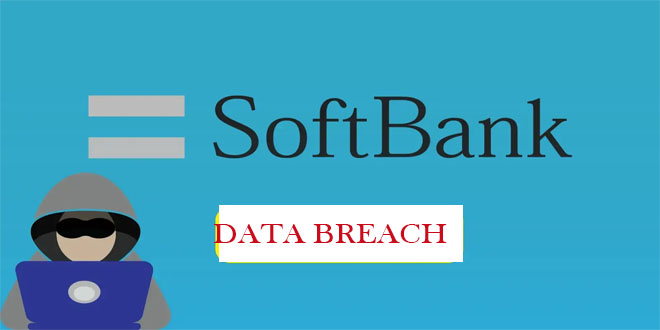Microsoft disclosed 48 vulnerabilities in its products and services in 2024. 46 of them are considered “important” severity.
A critical security vulnerability, known as CVE-2024-20674, was fixed on Tuesday. This vulnerability affects the Windows Kerberos authentication protocol. By carrying out a man-in-the-middle attack, an attacker could exploit this vulnerability to pretend to be the Kerberos authentication server and bypass the authentication process.
By infosecbulletin
/ Wednesday , June 18 2025
Russian cybersecurity experts discovered the first local data theft attacks using a modified version of legitimate near field communication (NFC)...
Read More
By infosecbulletin
/ Tuesday , June 17 2025
Cybersecurity researcher Jeremiah Fowler discovered an unsecured database with 170,360 records belonging to a real estate company. It contained personal...
Read More
By infosecbulletin
/ Tuesday , June 17 2025
GreyNoise found attempts to exploit CVE-2023-28771, a vulnerability in Zyxel's IKE affecting UDP port 500. The attack centers around CVE-2023-28771,...
Read More
By infosecbulletin
/ Tuesday , June 17 2025
The U.S. Cybersecurity and Infrastructure Security Agency (CISA) has recently included two high-risk vulnerabilities in its Known Exploited Vulnerabilities (KEV)...
Read More
By infosecbulletin
/ Monday , June 16 2025
SafetyDetectives’ Cybersecurity Team discovered a public post on a clear web forum in which a threat actor claimed to have...
Read More
By infosecbulletin
/ Sunday , June 15 2025
WestJet, Canada's second-largest airline, is looking into a cyberattack that has affected some internal systems during its response to the...
Read More
By infosecbulletin
/ Saturday , June 14 2025
Resecurity found 7.4 million records of Paraguayan citizens' personal information leaked on the dark web today. Last week, cybercriminals attempted...
Read More
By infosecbulletin
/ Friday , June 13 2025
HashiCorp has revealed a critical vulnerability in its Nomad tool that may let attackers gain higher privileges by misusing the...
Read More
By infosecbulletin
/ Friday , June 13 2025
SoftBank has disclosed that personal information of more than 137,000 mobile subscribers—covering names, addresses, and phone numbers—might have been leaked...
Read More
By infosecbulletin
/ Friday , June 13 2025
Serious security vulnerabilities in Trend Micro Apex One could allow attackers to inject malicious code and elevate their privileges within...
Read More
Microsoft believes that the vulnerability is more likely to be exploited because Keberos is present on many popular operating systems.
Another important issue is CVE-2024-20700, which allows for remote code execution in Windows Hyper-V. An attacker needs to win a race condition and gain access to a restricted network for the exploit to work.
Two more remote code execution vulnerabilities are important: CVE-2024-21307 in Windows Remote Desktop Client and CVE-2024-21318 in SharePoint Server.
CVE-2024-21307 is a vulnerability that can be exploited when an authenticated user connects to a malicious remote desktop server. The server sends a specially designed Server RDP Preconnection that targets the remote client’s drive redirection virtual channel. This can result in remote code execution on the victim’s machine.
CVE-2024-21318 can be exploited by attackers with relative ease. They only need to write and inject specific code to SharePoint Server.
The Windows Kernel has a vulnerability called CVE-2024-20698, which allows an attacker to gain SYSTEM privileges. There are no details on how the attacker can exploit this vulnerability.
A complete list of all the other vulnerabilities Microsoft disclosed this month is available on its update page.
 InfoSecBulletin Cybersecurity for mankind
InfoSecBulletin Cybersecurity for mankind














